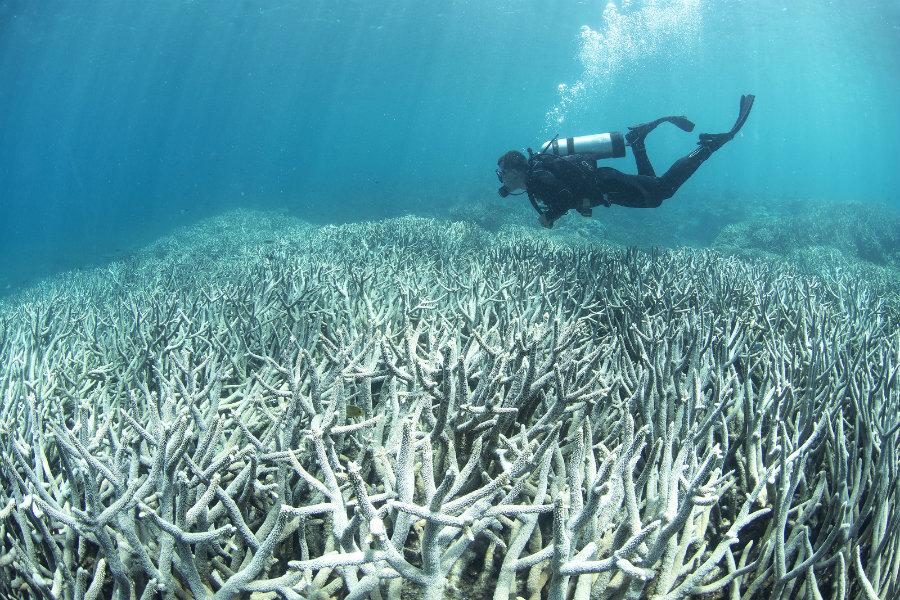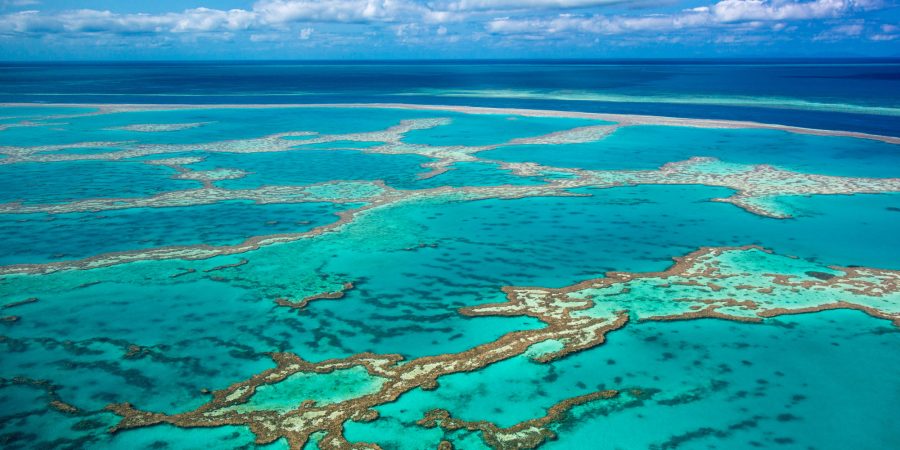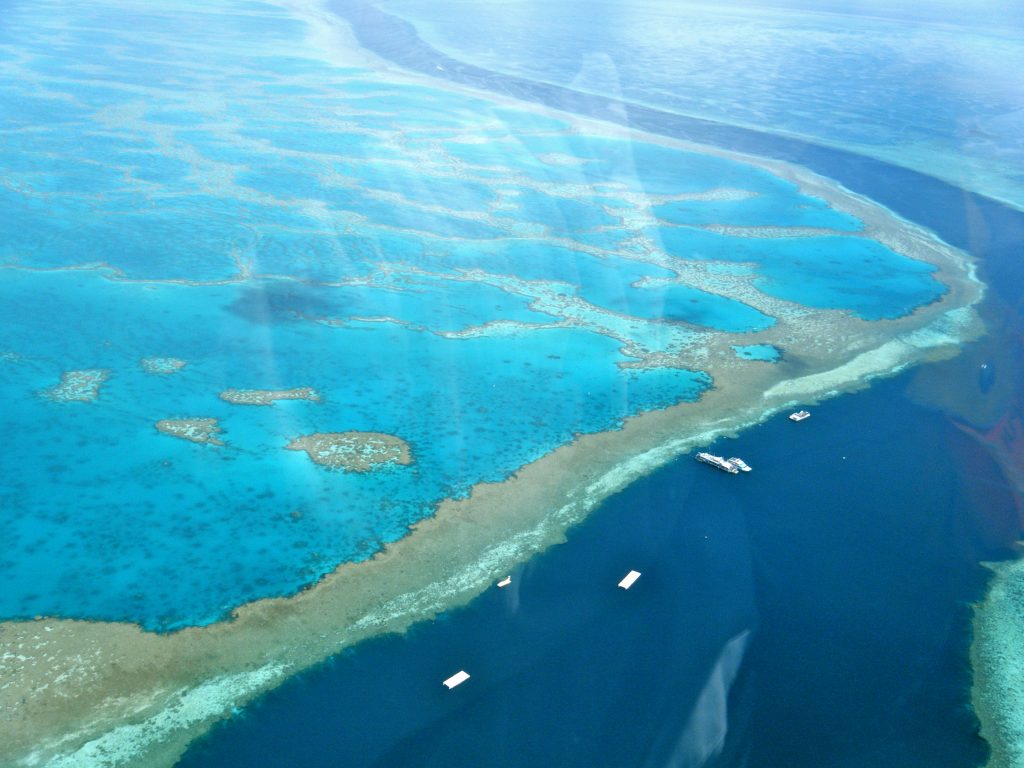According to Australian researchers, the Great Barrier Reef is only good for maintaining its “ecological function.”
The Great Barrier Reef is bleaching, which is a clear indicator of climate change, represented through the acidification of oceans and increased temperatures.

Mass coral bleaching equals warmer oceans
The Great Barrier Reef is a 1,400-mile long coral reef listed as World Heritage. Last year it sustained an alarming bleaching rate due to rising sea temperatures. Initially, 22 percent of the corals had been destroyed. Now the rate stands at 29 percent and experts have started to give up hope in saving the barrier’s integrity as a landscape, instead focusing on its value as an ecosystem. Coral gets bleached when it is exposed to abnormal conditions, including heated water and unusual acidic levels. The section that suffered the most damages was that in the northern part of Port Douglas, where 70 percent of the corals died. The southern part of the barrier saw some “recovery” because it did not bleach any further compared to the 2016 surveys.
Coral gets bleached when it is exposed to abnormal conditions, including heated water and unusual acidic levels. The section that suffered the most damages was that in the northern part of Port Douglas, where 70 percent of the corals died. The southern part of the barrier saw some “recovery” because it did not bleach any further compared to the 2016 surveys.

Failing to save the Great Barrier Reef
The Australian government devised a plan to save the Great Barrier Reef by 2050, but it was deemed to be no longer achievable.
Critics claim that the Reef 2050 Plan does not have realistic targets, making it hard to release accurate data depicting any progress made. Of the 151 actions devised for the plan, only 32 are completed, and 103 are on track or underway. The plan was submitted to Unesco and apparently, the Australian government’s classification for reaching objectives to save the Great Barrier Reef is flawed at most. Many of the actions are vague and perhaps ineffective to solve the problem at hand.
Some of the completed actions of the Reef 2050 Plan are “Finalise a classification of the GBR Marine ecosystems” and four actions aimed to improve water quality. The Guardian analyzed each action contemplated in the plan and determined that many are wrongfully reported, as several actions are classified as “on delay” or have their progress limited by either external or internal factors.

“Most of the losses in 2016 have occurred in the northern, most-pristine part of the Great Barrier Reef. This region escaped with minor damage in two earlier bleaching events in 1998 and 2002, but this time around it has been badly affected,” stated Professor Terry Hughes, Director of the Australian Research Council Centre of Excellence for Coral Reef Studies, at James Cook University.
How coral bleaching occurs
Coral reefs are ideal indicators of climate change, mainly because global warming comes with the oceans getting warmer and coral reefs being sensitive to heat. So far, the Great Barrier Reef has undergone two major bleaching episodes in 1998 and 2002.
Bleaching occurs when zooxanthellae, miniature algae living inside the corals, die due to abnormal variations in temperature. Without zooxanthellae, coral tissue becomes transparent, making the Great Barrier Reef look as if it was washed with bleach. After it bleaches, the coral can easily die. Luckily, coral is known to regain its zooxanthellae if temperatures return to normal levels, although it is rare that the coral regains its original growth rate.

Local governments may work toward improving the quality of the water that flows in proximity to the Great Barrier Reef. This is also important because coral is susceptible to the quality of water that it receives, as it must contain the ideal amount of nutrients.
Another problem resides in the fact that researchers are not entirely sure how to measure coral reef health. They cannot decide whether it can be determined from how many organisms it harbors, or if the abundance in reef structure has something to do with it.
Researchers recently tried to answer these doubts by using sounds, in a project titled Coral Chorus. Apparently, marine organisms that live in reefs rely on sounds emitted by the reef itself to determine where they want to live. Fish perform calls and shrimps make crackling sounds. The team from the Sensory Ecology and Bioacoustics Lab from the Woods Hole Oceanographic Institution deployed recorders in different areas of the U.S. Virgin Islands’ coral reef.
The team believes that they can draw a line that associates reef health to how life organizes itself within the reef, although no concrete results have been achieved.
Source: Australian Department of the Environment and Energy
